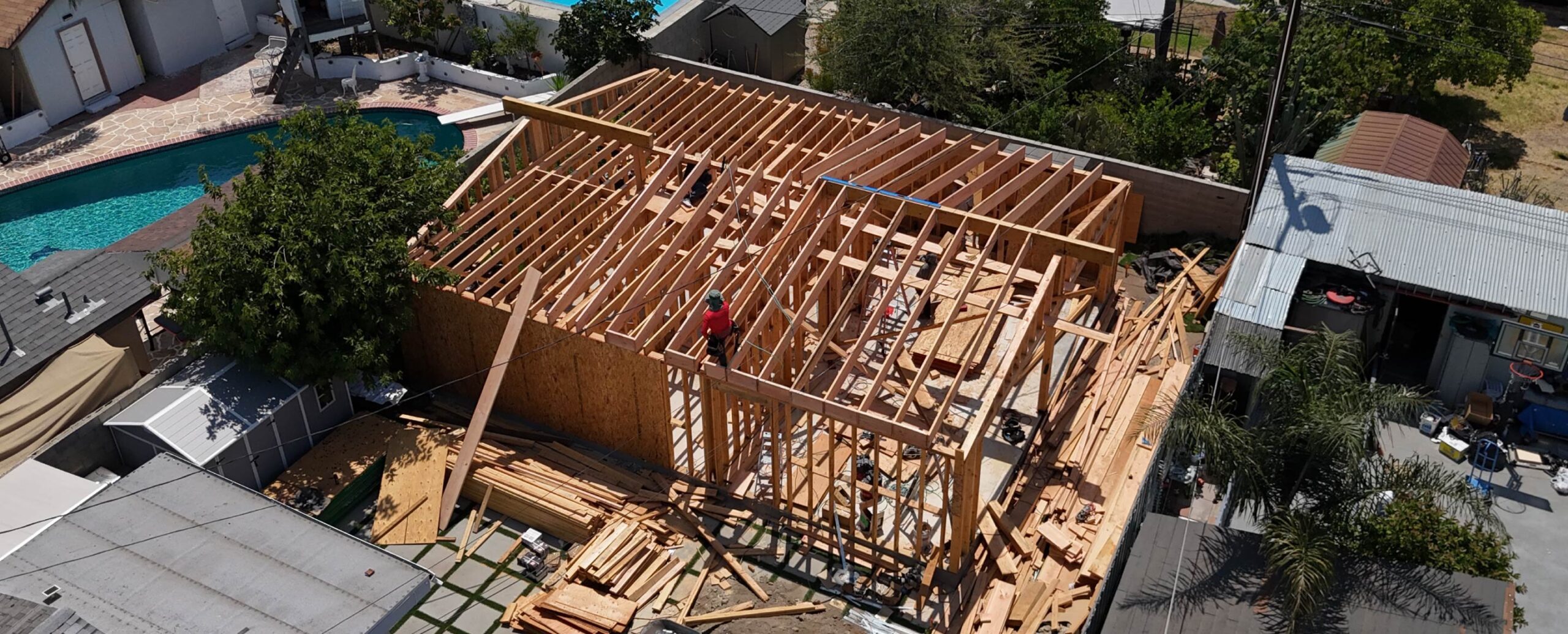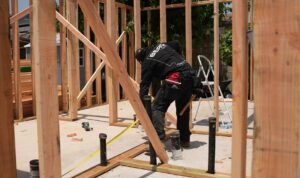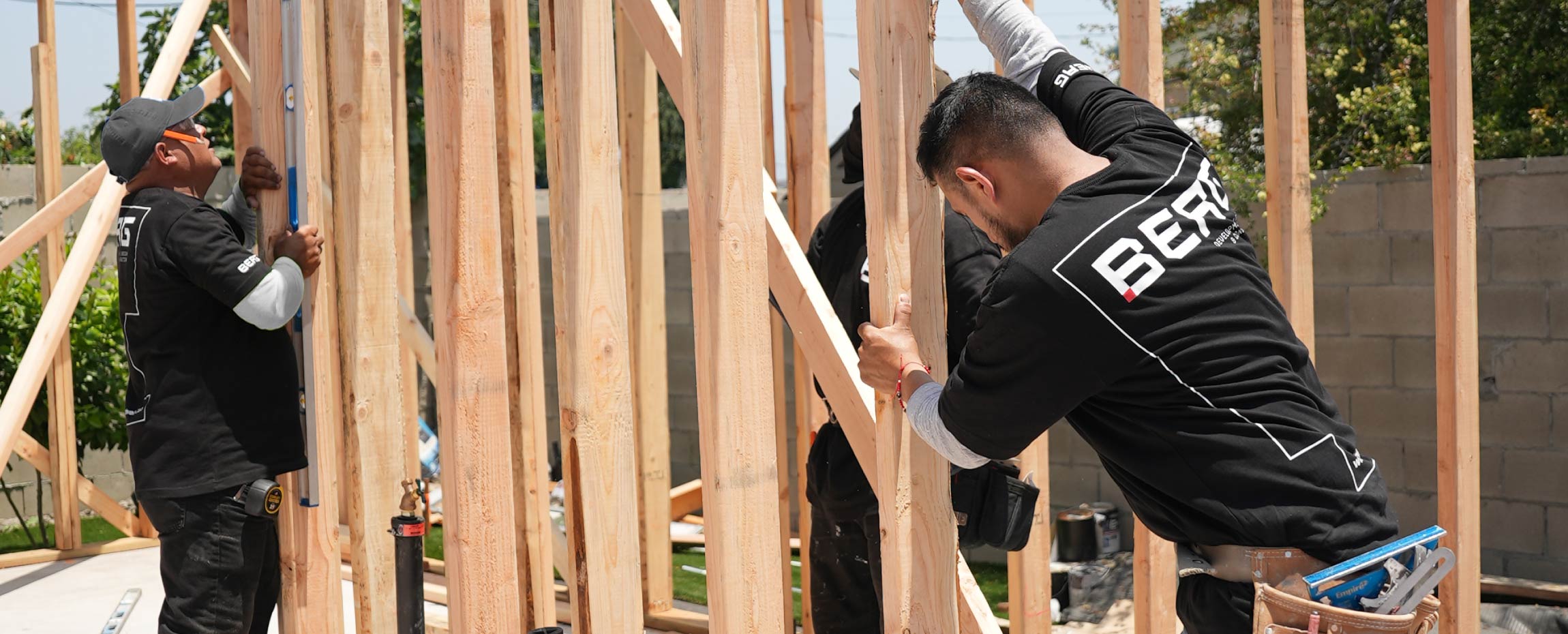Introduction: Scaling in a traditionally local business
Construction is one of the oldest industries in the world – and one of the hardest to scale. Most contractors stay small, limited to their region, their reputation, and their ability to juggle a few projects at a time. Growth usually means chaos: missed deadlines, inconsistent quality, and burnout across the team.
But what if there was a better way?
At our firm, we’ve scaled from single-home builds to a billion-dollar enterprise without sacrificing quality, speed, or client satisfaction. How? We didn’t just grow. We built a framework that could grow with us.
In this blog, we’ll break down exactly how we scaled our construction business – what worked, what didn’t, and how others can follow suit.
Why most construction companies fail to grow sustainably
The idea of growth is exciting. The reality? Not so much.
Here’s why most construction businesses hit a ceiling:
1. No standardization
Every project is treated as unique – from materials to communication style to vendor choices. That kind of variance can’t scale. What works for three projects fails with thirty.
2. Overdependence on key individuals
When project success hinges on one person – usually the founder – it becomes impossible to grow beyond that person’s bandwidth.
3. Weak systems and poor documentation
Without clear workflows, documented procedures, and repeatable templates, scaling leads to inconsistency, confusion, and mistakes.
4. Limited tech adoption
Construction is still playing catch-up in digital transformation. Firms without scheduling software, field apps, and cloud dashboards get left behind fast.
5. Quality-control failure
As volume increases, many companies lower the bar. This erodes brand trust and leads to costly rework.
The core of our scalable framework
We didn’t just aim to build more – we built to scale with purpose. Here are the foundational elements that helped us multiply our operations across cities, teams, and markets:
1. Process before projects
Before taking on high-volume work, we perfected our systems. This included:
- Pre-construction planning templates
- Subcontractor onboarding guides
- Inspection and punch list standards
- Internal checklists and automation
2. Culture of accountability
Every team member – from laborer to senior PM – is trained on the same expectations. We’ve built a culture where quality, timeliness, and transparency aren’t suggestions – they’re non-negotiables.
3. Client journey mapping
We mapped the full customer experience, from first inquiry to final handoff. This allows us to deliver consistent communication, updates, and support no matter the project size.
4. Hiring with scale in mind
Instead of hiring to fill holes, we hire for the next level of growth. Leaders are brought in early to build out departments, not just projects.
Team, tools, and tech: What makes it work
Tools:
- Project management platforms like Buildertrend or Procore
- Daily reporting apps for real-time updates from site to office
- Custom client portals with budgets, schedules, and messages in one place
- Vendor CRM to manage relationships and pricing across regions
Team:
- Regional project leads who run multiple job sites using our central playbook
- Design-build integration that keeps everyone aligned, from architect to installer
- Dedicated client liaisons for every project to prevent miscommunication
Tech:
- Scheduling software to predict and prevent timeline conflicts
- Time-tracking and labor productivity tools
- Cloud-based financial tracking systems with live dashboards
Case study: Scaling across regions
We expanded from one state to three in under two years. How?
- First, we replicated our full system – playbooks, training, supplier agreements – in the new market.
- Then, we trained regional leaders on our standards and tech stack.
- Finally, we built local subcontractor networks that met our expectations.
The result? Our new office became profitable in 11 months – and maintained a 4.9 client rating across all reviews.
Challenges and how we solved them
Scaling is never perfect. Here’s what we ran into – and how we adapted:
- Challenge: Local regulations differed wildly.
Solution: We hired local consultants and embedded their expertise into our permit workflows. - Challenge: Vendor inconsistency affected material quality.
Solution: We created a national vendor review and pre-approval system. - Challenge: Maintaining company culture across distance
Solution: Weekly all-hands meetings, unified communication tools, and in-person training hubs.
Conclusion: Why scalability is the next frontier in construction
The construction industry is at a turning point. Homeowners and developers expect better experiences. Projects are more complex. Demand is high. The companies that survive won’t just be the ones with great crews – they’ll be the ones with great systems.
Scaling isn’t about doing more – it’s about doing smarter.
And in this next era of construction, the firms that scale well will build more than buildings. They’ll build legacies.









